PHYSICS Colloquium
October 28 2021, Thursday, 3:30 pm CST
Via Zoom (contact Physics Department for link)
Dr. Phillip Ryan
Argonne National Laboratory
X-ray scattering and Electrical Measurements of Uniaxially Strained Single Crystals: Unconventional Superconductors and Single Phase Multiferroicity
In this presentation I will layout a brief overview of my research at the Advanced Photon Source (APS) with some recent results and describing a vision of what I plan for in the post source upgrade (APS-U) after 2023. The Magnetic Materials Group primarily serves the condensed matter community providing resonant hard x-ray magnetic scattering for single crystal systems, with a particular interest in epitaxial thin films (1). To drive our leading-edge scientific abilities, we continuously develop metrological tools which are made available to the community at large. Here, I will introduce recent developments to drive CMP scientific endeavors forward including low temperature uniaxial strain in a multimodal setup, and dynamic in-situ measurement configuration. Presenting recent results on single crystal unconventional superconducting pnictide systems BaFe2As2 parent compound we demonstrate in-situ uniaxial strain capability with commensurate electrical measurements (2-4).
In addition, I will present results from the intriguing, rare earth–titanate, EuTiO3. This material is an excellent platform to explore the interplay between spin, charge, and symmetry within a single system (5-7) and to expand the sample environment control capabilities that now serve a broader range of scientific interests. We try to untangle the magnetoelectric behavior in this single-phase system and in the process demonstrate a ‘giant’ ME cross-field control capability in the rare earth perovskite (5). In bulk form it is both antiferromagnetic and paraelectric. Both anti- and ferro- magnetic interactions are present between different nearest europium neighbors allowing for the notion of magnetic quantum criticality through a combination of doping or strain (8). Fortuitously, like SrTiO3, this system is also considered potentially quantum paraelectric or ‘incipient’ ferroelectric, this conjures the notion of bi-criticality or possibly the emergence of a coupled multiferroic quantum critical point (8).
- https://www.aps.anl.gov/Sector-6/6-ID-B-C/Publications
- Suppression of superconductivity by anisotropic strain near a nematic quantum critical point, P. Malinowski, et. al., Nature Physics, 1-5, (2020)
- The transport–structural correspondence across the nematic phase transition probed by elasto X-ray diffraction, JJ Sanchez, P Malinowski, J Mutch, J Liu, JW Kim, PJ Ryan, JH Chu, Nature Materials, 1-6 (2021)
- Strongly anisotropic antiferromagnetic coupling in EuFe2As2revealed by stress detwinning, Joshua J. Sanchez, Gilberto Fabbris, Yongseong Choi, Yue Shi, Paul Malinowski, Shashi Pandey, Jian Liu, I. I. Mazin, Jong-Woo Kim, Philip Ryan, and Jiun-Haw Chu, Phys. Rev. B 104, 104413 – Published 10 September 2021
- Reversible Control of Magnetic Interactions by Electric Field in a Single, P.J. Ryan et al, Nat. Commun. 4:1334, (2013)
- Emergent Superstructural Dynamic Order due to Competing Antiferroelectric and Antiferrodistortive Instabilities in Bulk EuTiO3, J-W Kim, et al, Phys, Rev. Lett. 110, 027201 (2013).
- Multiferroic behavior in EuTiO3 films constrained by symmetry, P.J. Ryan, et. al., Phys. Rev. B 101, 180409 (2020)
- Multiferroic quantum criticality, Narayan, Andrés Cano, Alexander V. Balatsky, Nicola A. Spaldin, Nat. Mat. VOL 18 | MARCH 2019 | 223
|

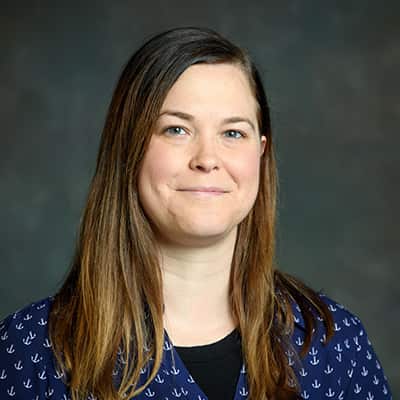 Dr. Erin Iski
Dr. Erin Iski Dr. Francesco (Frank) Narducci
Dr. Francesco (Frank) Narducci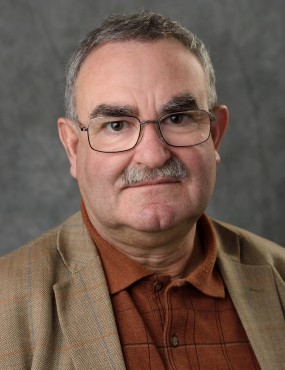 Dr. David Tománek
Dr. David Tománek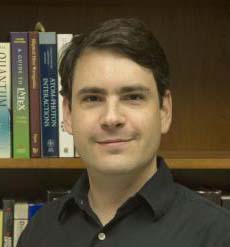
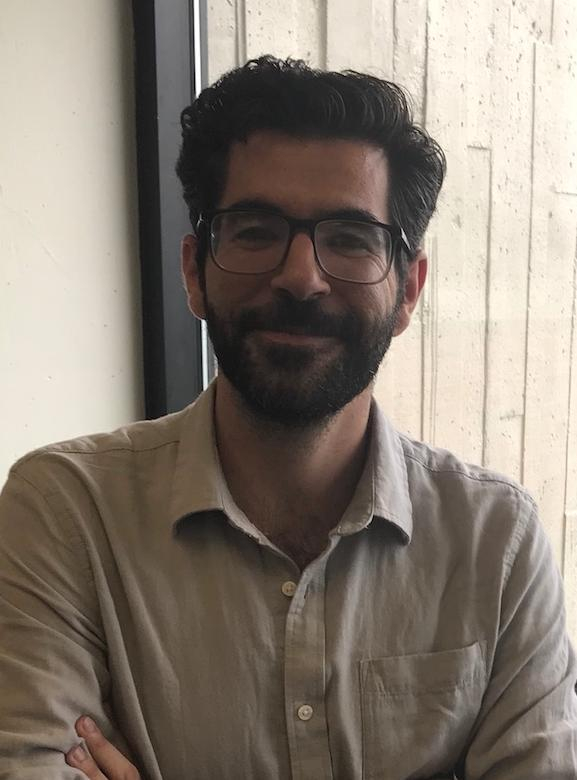 Dr. Manolis Kargiantoulakis
Dr. Manolis Kargiantoulakis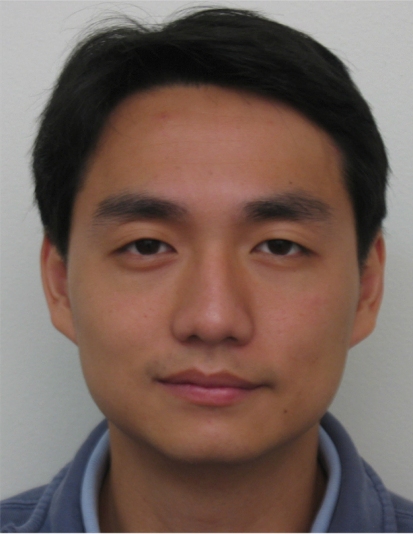 Dr. Weida Wu
Dr. Weida Wu